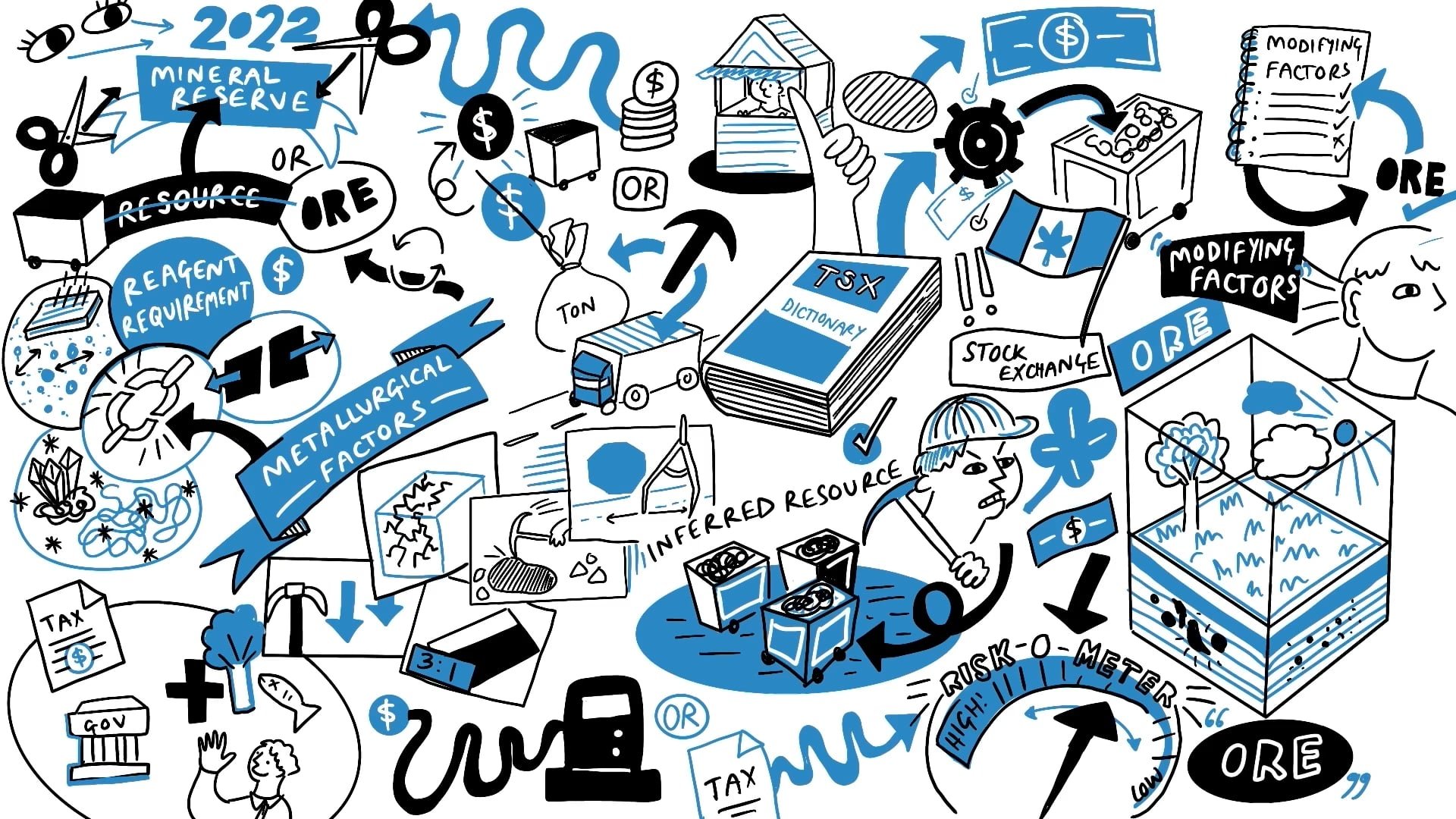An Introduction to Strategy

More episodes
Transcript
The first area I look at is strategy; not just what a company says it will do, but what it is currently doing to get there. There's often a difference between what a company says it wants to do and what the company is actually doing, therefore, it's worthwhile taking the time to understand the true strategy of that company.
I also cross-reference that with how things normally pan out for that kind of company. In other words, there's a well-established playbook of what happens to companies in that situation.
Exploration companies are a good example. At a very simple level, their strategy is to find and discover ore deposits, but each management team will take a different approach.
Some will set out to be project generators and farm on their projects. Others will look to find a resource and then run the flag up the ‘for sale’ sign looking for people to take them out. Others are picked up by a team that really want to build a mining company.
Some teams have the ambition to bring one project into production and then bring a subsequent project into production. There are teams that say, We're going to start a small mine here on this small mining opportunity, and with the cash flow from that we're going to develop the resource. Therefore, there are a myriad of strategies that they will be employing.
There are also a number of companies that say they will be doing one thing, but actually, they've done something completely different. For example, I find it extremely useful to go back to the annual reports for the companies, looking back over the years to see what they actually have achieved. Quite often, the strategy from 5-years ago was for growth and bringing something into production, and yet that strategy is repeated on a yearly basis. Thus, the reality of what happens is very different to what their professed strategy is. Equally, each company’s strategy may not match where it really wants to get to. There's a difference between the ambition of the company and the capacity that a company has for fulfilling that vision.
The transition from explorer to developer is complex. When I refer to ‘explorer to developer’, I'm talking about the team of geologists going out to find a resource with the intention of drilling out that resource.
When I refer to a developer, I’m talking about taking that resource through all the real-world study phases to get it to the point where it's ready for construction and financing. Then there's a team that's required to finance it, build it and bring it into production. Finally, there's a team with a philosophy and a strategy to have steady-state production. I'll be doing a deeper dive into the challenges, the opportunities and what to look out for when you understand the strategy of the company.









































.jpg)
.jpg)
.jpg)
.jpg)






















